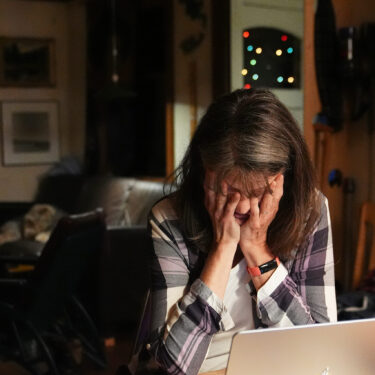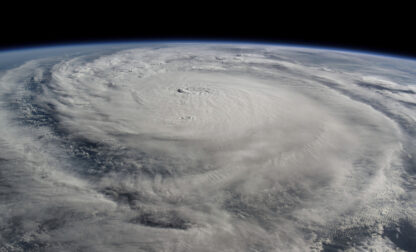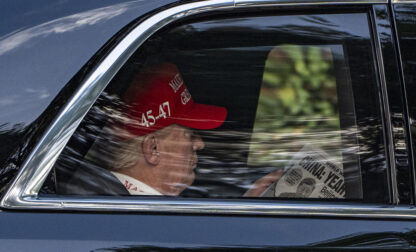They say a picture is worth 1,000 words, but these photos may be worth a Nobel Prize.
In the early hours of Monday morning, Seattle-based AP photographer Lindsey Wasson got the call that a pair of Nobel Prize winners lived nearby and raced to the home of Mary E. Brunkow, the recipient of the Nobel Prize in medicine, to cover her reaction.
What followed was a rare moment in which Wasson — the first journalist on the scene — found herself actually breaking the news to Brunkow and her husband.
“It just so happens,” Wasson said, “I was the one to tell them.”
Wasson shares the story behind the lens:
Walk us through how you found out about Mary Brunkow’s Nobel Prize win. What made you decide to head over?
I woke up to a 2:40 a.m. call from my assistant news director notifying me that we had a few Nobel Prize winners with addresses in the Seattle area. One winner, Fred Ramsdell, lived on Bainbridge Island, about a two-hour drive away. Another winner, Mary E. Brunkow, was in North Seattle, so we decided I would head to Brunkow’s address while we arranged for someone else to cover Ramsdell.
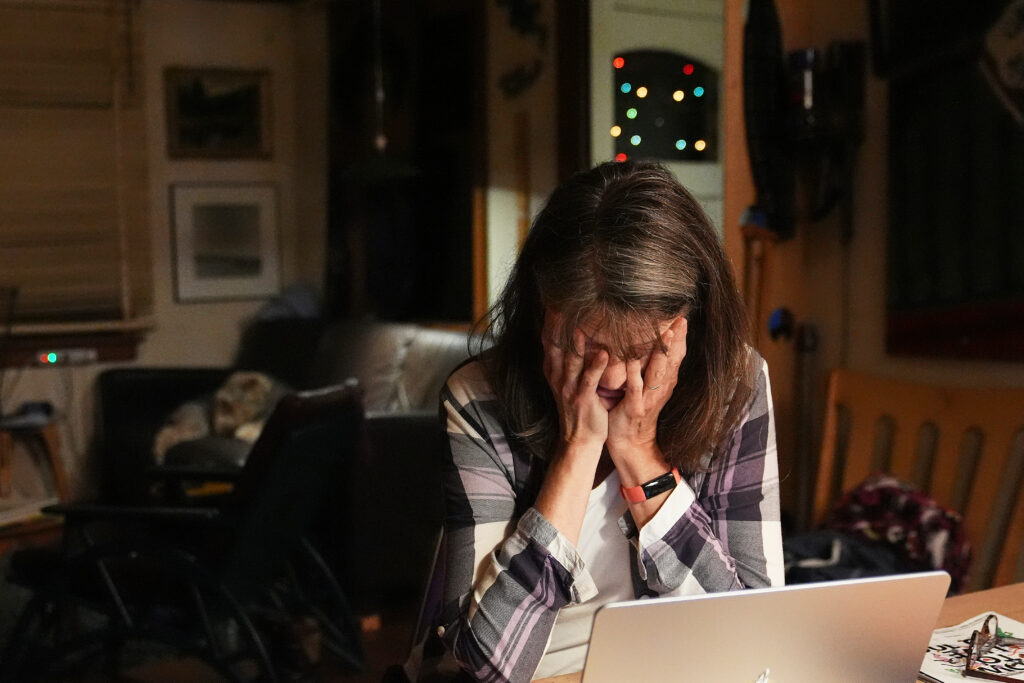
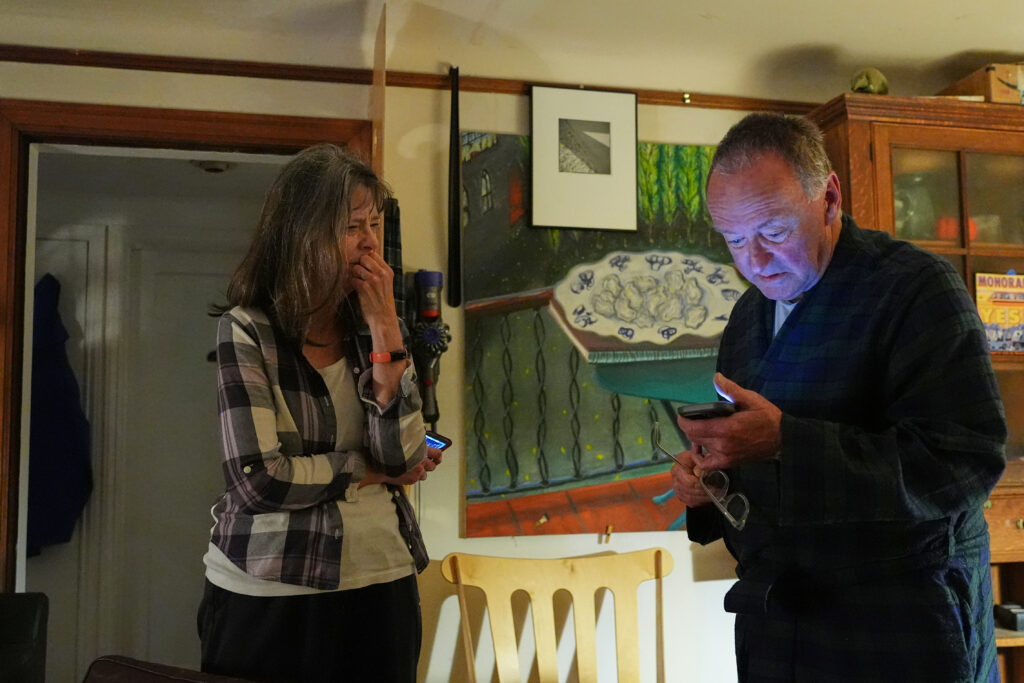
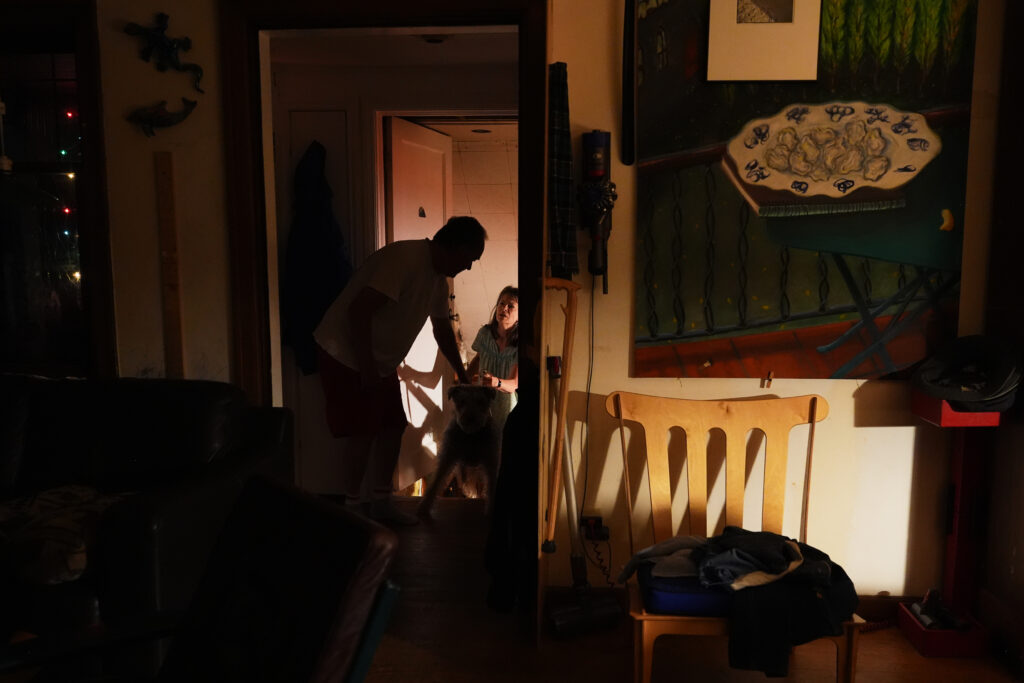
You were the first journalist on the scene at Brunkow’s home. How did you approach photographing such a personal moment?
It’s imperative we get to winners’ homes as soon as possible to capture their earliest reactions after hearing the news – and it just so happened I was the one to tell them.
When I arrived, I wasn’t completely sure I was at the right house because my GPS had taken me to the back, where there was a gated yard. After walking through a neighbor’s pitch-black driveway to reach the front, I arrived at the front door, which had a different house number than the back. It was clear nobody was awake.
Thankfully, when I knocked, their dog barked and woke Mary’s husband, Ross, who spoke to me through the glass door. I identified myself and asked if a Mary lived there and if he knew why I was there. Not wanting to spoil it but seeing no other way in, I told him, “Sir, your wife just won the Nobel Prize.”
Thankfully, he let me in, and I took a quick frame as he brought Mary to the kitchen while telling her the news. They were still in disbelief, so I helped convince them it was real by handing my phone over to Ross with our initial AP story, which he read aloud in part to Mary.
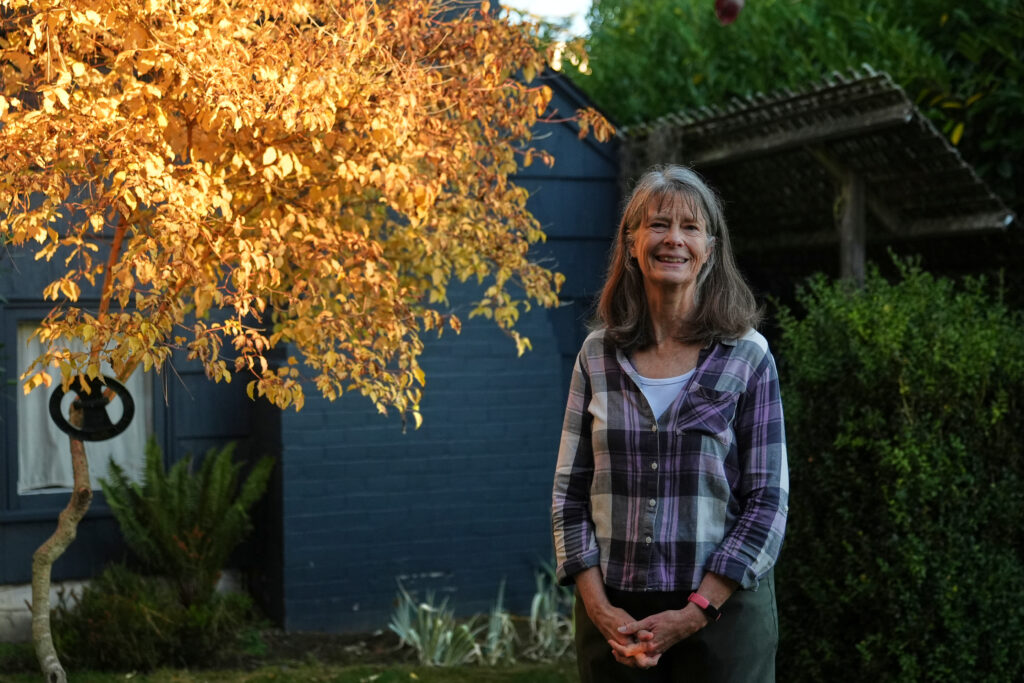
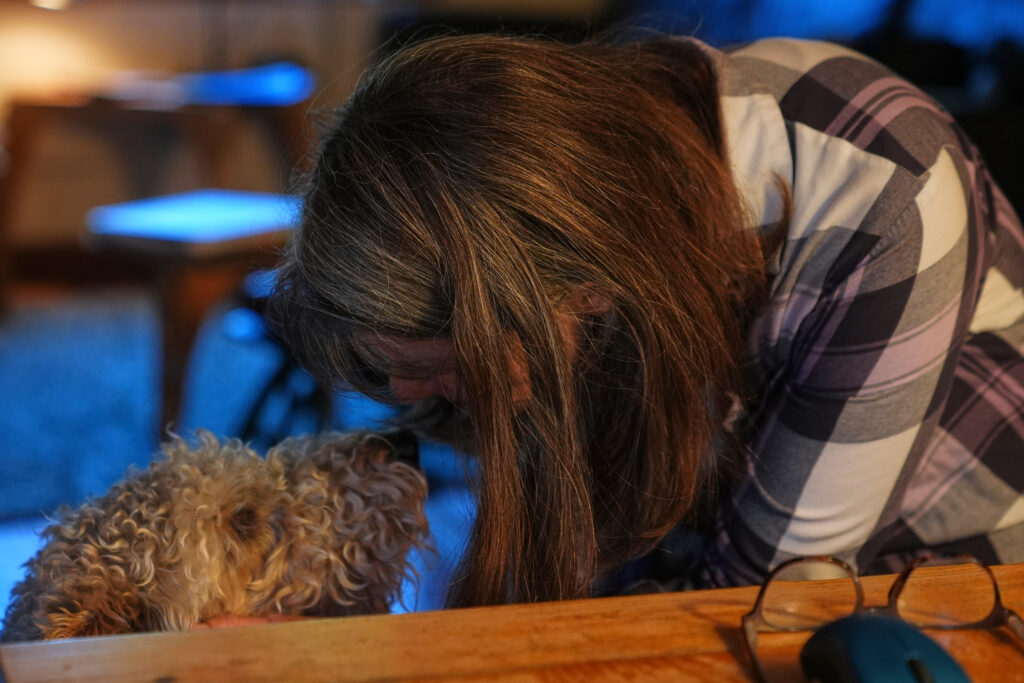
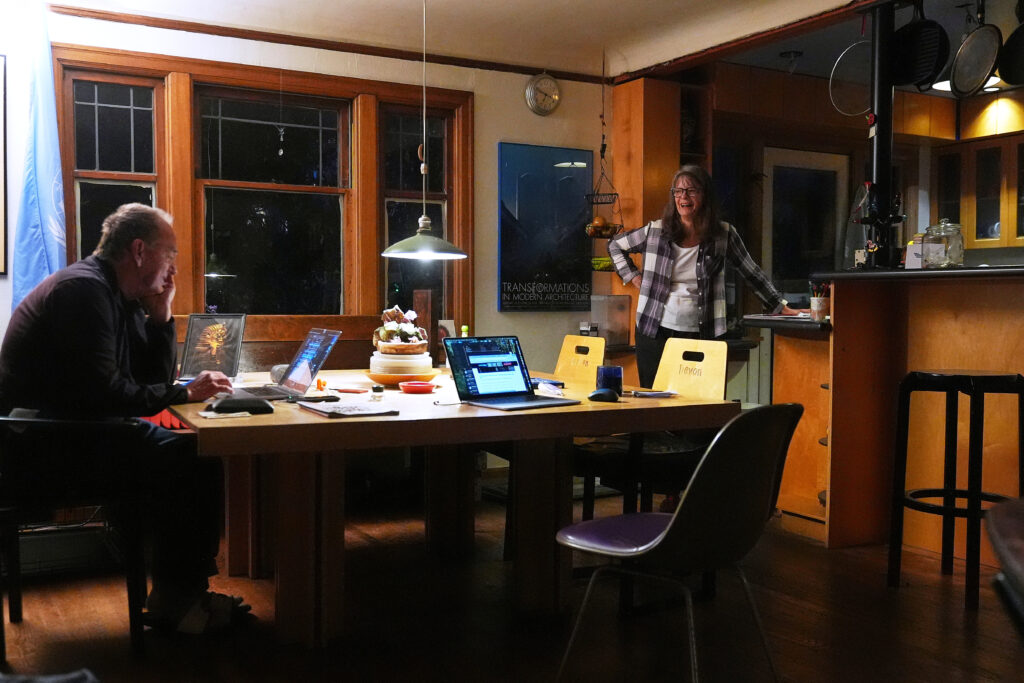
You stayed through the early morning and took portraits as well. How did the mood change over the course of the night and into the morning?
The initial mood, very understandably, was a mix of tension, annoyance and disbelief at being woken up at 3:45 a.m. Ross told me that when he first went into their bedroom with the news, she said, “Don’t be ridiculous.” As soon as Mary and Ross began to process the news and realized all those missed calls from Sweden overnight weren’t spam, the mood shifted to one of joy. I was able to follow along as Mary sifted through an avalanche of emails, text messages and phone calls from family, friends and other journalists hoping to speak with her.
There was definitely some stress with the sudden international attention – and having a random photographer appear in her kitchen – but she took it all in stride and with a sense of humor.
Everyone she spoke with, from her brothers and daughter to other journalists calling for interviews, asked Brunkow how she found out about her win. She got to tell them it was because some AP photographer woke them up with the news.
I’m never going to win a Nobel, but I did get to tell someone they did. That’s pretty cool.

